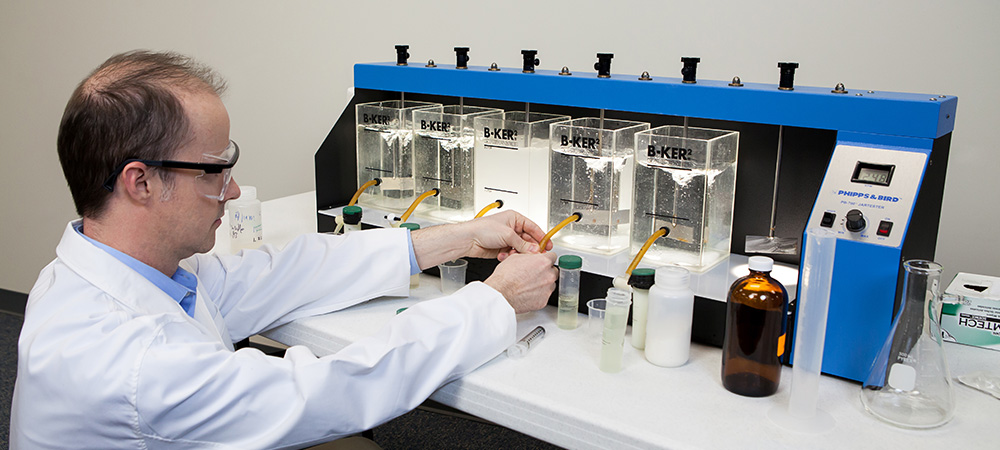
Exploring new ways to evaluate water treatment processes and applying appropriate technologies will address challenges head-on while improving treatment and operations. Operators will need to update aging facilities and infrastructure if they are to meet new demands and comply with increasingly stringent regulations.
The water industry must comply with the Environmental Protection Agency’s (EPA) Safe Drinking Water Act regulations, which currently limit more than 90 contaminants and continue to evolve with unregulated contaminants and health advisories. In addition, secondary standards that focus on taste, odor, color and other aesthetic features must be addressed to maintain customer satisfaction. This unique operating environment, coupled with rising public awareness of water safety, has prompted the water industry to continue searching for better ways to treat these contaminants while increasing efforts to protect public health.
Whether the raw water source is groundwater, surface water, water reuse, or a combination that varies throughout the year, WTP operators today confront changing ecosystems within these sources that create a range of dynamic challenges. There is a vast range in physical and chemical treatment requirements, and applying a generic treatment process approach will not always produce satisfactory results. Even when treating similar raw water sources, using the same cookie-cutter approach for a different location will not necessarily produce consistent and reliable finished water goals.
